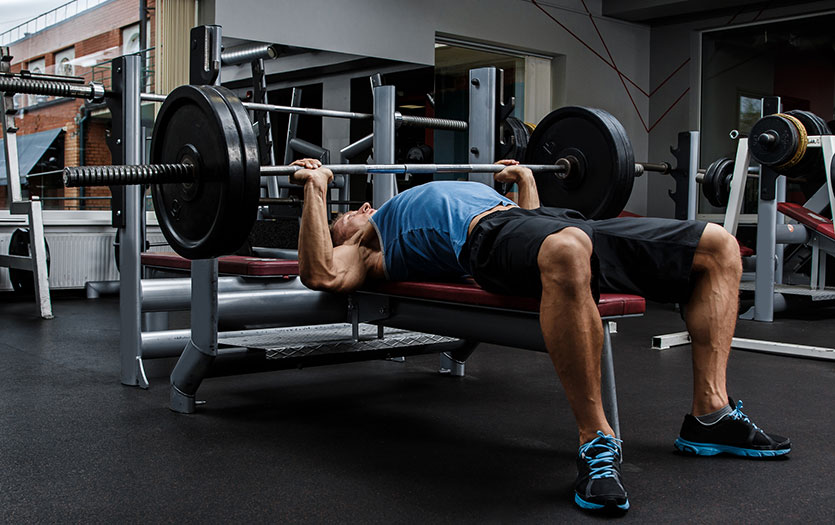
This post was written by the team at Parkview Sports Medicine.
It’s every athlete and fitness lover’s fear: Losing athletic ability and muscle mass as you age. From birth until you’re 30 years old, the body is primed to grow and develop muscle mass. But when you hit your mid-30s, the body begins to lose muscle mass and function. You may not be seeing the same weightlifting gains, your mile times may start to decrease and you might find yourself struggling to keep up with the younger players in your pickup basketball games.
Physiologically, this happens because growth hormone levels drop and catabolism occurs as the body can’t maintain the energy it needs to sustain muscle mass. Sedentary lifestyles, an imbalanced diet and consistent stress are also daily factors that many adults 30 and older experience.
The great news is that you don’t have to accept these changes. Whether you’re trying to prevent these changes from happening or trying to recover from muscle loss, there are three solutions to neutralize muscle loss and aid muscle preservation.
No. 1 – Keep exercising!
A sedentary lifestyle, brought on by day after day of work at a desk, can slowly deteriorate muscle strength and size. Resistance training specifically helps your neuromuscular system and increases hormone activity. Exercising with the proper intensity, frequency and resistance is extremely important to maintain muscle mass as you age.
The key here is straining your muscles beyond what happens during the course of your day. It forces your muscles to adapt and increases strength. You may need to set aside time before work or during lunch when your schedule gets busy, but determining a proper workout that allows to progressively gain strength and muscle mass is crucial.
No. 2 – Maintain a balanced diet.
The things you eat become the fuel for your body, and having an imbalanced diet decreases your ability to maintain and increase muscle growth. Foods high in protein – lean meats, fish, eggs, Greek yogurt and oats, to name a few – are key for muscle growth. Other nutrients, including amino acids, vitamin D and omega-3 fatty acids aid muscle recovery as well.
Your diet shouldn’t be restricted to just these foods and nutrients, but it’s important to make sure they have a place in your diet on a daily basis.
No. 3 – Get some sleep.
This one may be easier said than done, but getting adequate amounts of sleep is crucial to maintain muscle mass. Sleep is the best time for the body to shut down and produce new bone, muscle and nervous system tissue. The recommendation for adults is seven to eight hours of sleep per night.
Sleep allows the body to enter an anabolic state where it repairs and builds itself. Glucose stored in the bloodstream works its way into the muscles, where it can be used for fuel. By not getting the right amount of sleep per night, you’re decreasing your body’s recovery time and preventing it from reaching equilibrium. Poor sleep means poor energy, which means poor performance.
These three components are not just health changes; they’re lifestyle changes. Committing to each of these not only helps maintain muscle mass and continue muscle growth, but they’ll also help in other aspects of your life. Physical health can contribute to emotional health and allow you to perform better in all aspects of your life.



